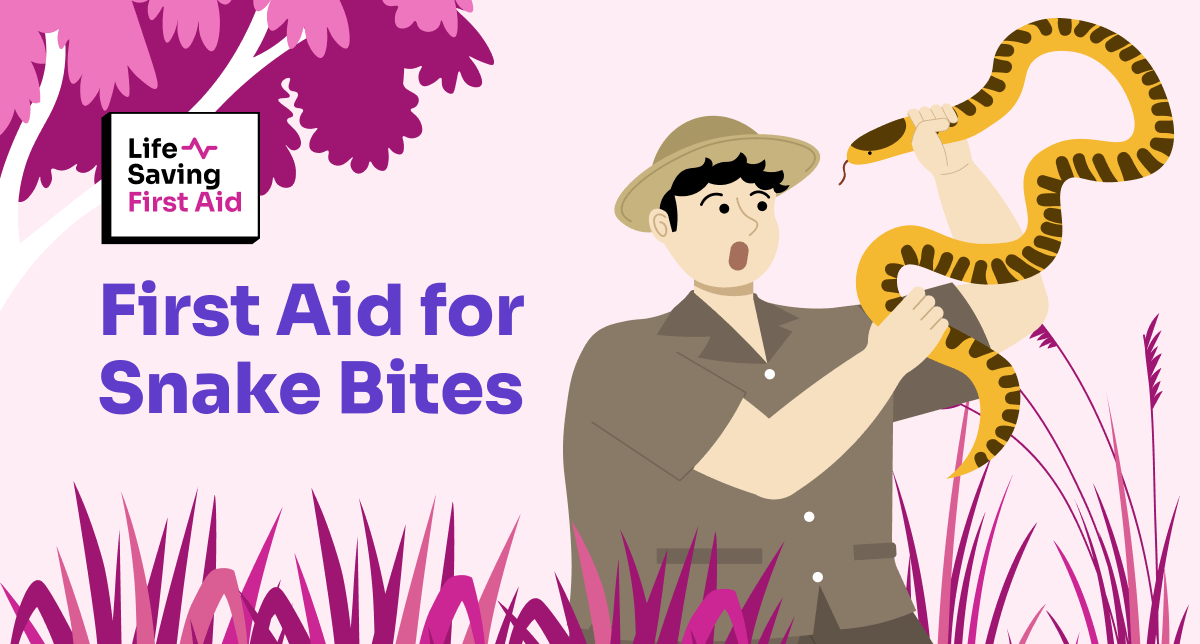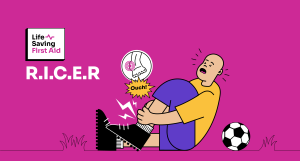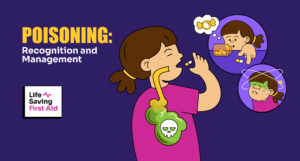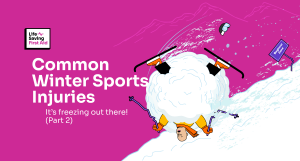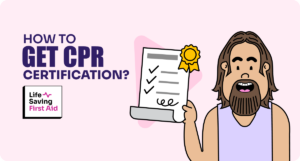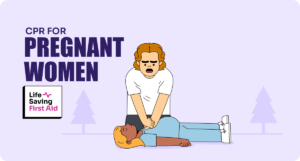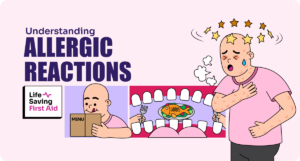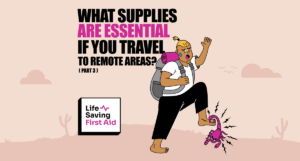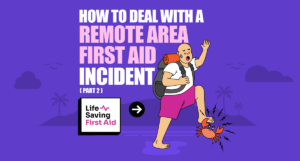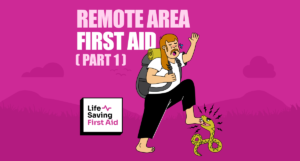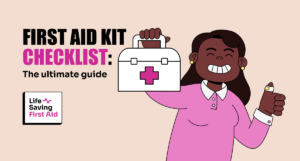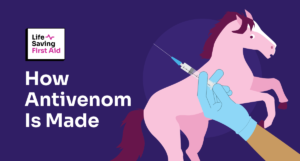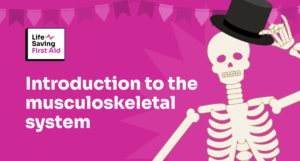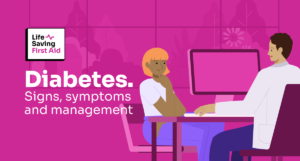Introduction
Knowing first aid for snake bites in Australia is important. It doesn’t matter if you live in the bush, the cities, or the suburbs; snakes may be present, so understanding first aid for snake bites and preparing for them is critical.
Snake bites can be lethal. Seek Immediate medical assistance.
So, let’s get familiar with what to do if we, or someone we love, get bitten by a snake!
Prevention
Of course, you won’t need to use first aid for snake bites if you avoid all snakes!
According to the Medical Journal of Australia, the “Snakebite Project,” research undertaken from 2005 to 2015, there are roughly 3000 snake bites annually in Australia on average.
One of the most difficult issues we face in Australia is that we share an environment with our wriggly buddies. While you may believe that most snake bites occur out bush, a study in 2016 indicated “the majority of snakebite deaths [in Australia] occurred close to the person’s dwelling and were within a major city or inner regional area”.
As you can see, dodging snakes might be difficult. You may avoid becoming a statistic if you educate yourself on snake behaviour and know what to do if bitten.
Be prepared. Be safe. Watch your step!
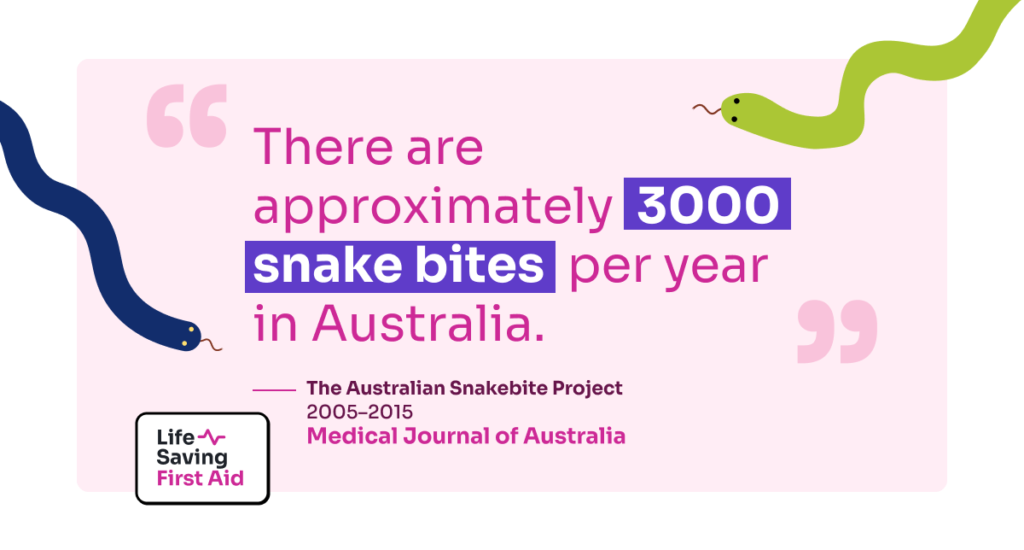
Here are some tips to reduce your risk of a snake bite
- Be aware that we share a habitat with snakes. They could be in and around your suburban, city, or rural property.
- Wear protective clothing, such as boots and long pants, when hiking or working in areas where snakes are present (even in your garden).
- Avoid reaching into holes, under rocks, or into bushes without first checking for snakes.
- Don’t be a snake charmer, people! Stepping on or touching snakes, dead or alive, is never a good idea.
- If you go camping, keep your campsite and sleeping area free of rubbish, which may attract snakes.
- Store food securely. The smell of food may attract snakes.
So, you ignore all these tips, and you get bitten by a snake. How does the venom get from the bite site to the vital organs where all the damage is done?
Read on…
The Lymphatic System and snake bites
Generally, Australian snake venom travels via the lymphatic system. The lymphatic system is a network of tubes travelling around the body that drains lymph fluid which has leaked from the blood vessels into the tissues and empties it back into the bloodstream via the lymph nodes.
The venom travels via these tubes to a lymph node where it enters the bloodstream and makes its way to the vital organs.
Now we’ve got problems!
Symptoms of snake bite
Common symptoms of a snake bite include:
- Pain or swelling at the bite site.
- Nausea or vomiting
- Rapid or irregular heartbeat
- Sweating or fainting
- Blurred vision or difficulty speaking.
- In severe cases, a person may experience muscle paralysis, breathing difficulties or even death.
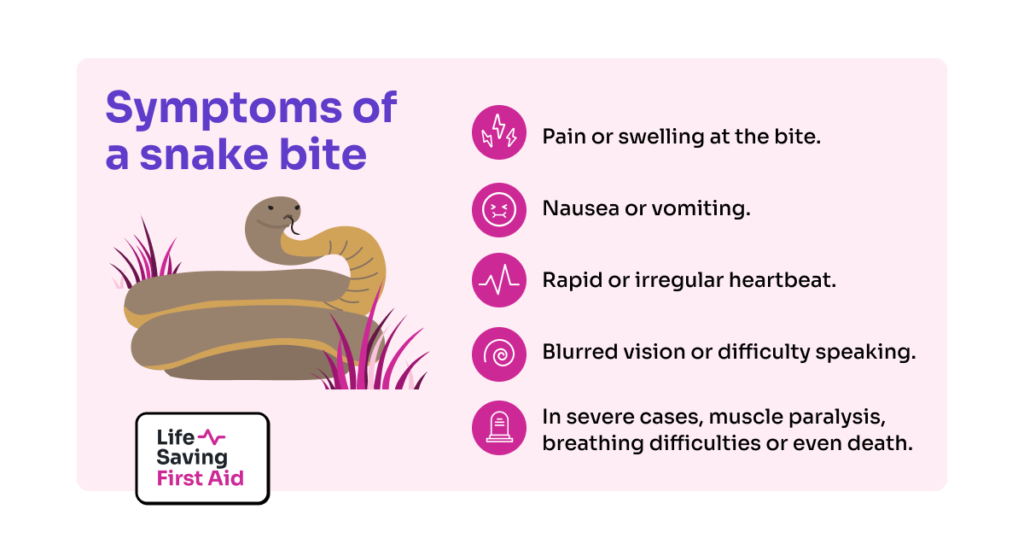
Pressure Immobilisation Technique (PIT) – First Aid for snake bites
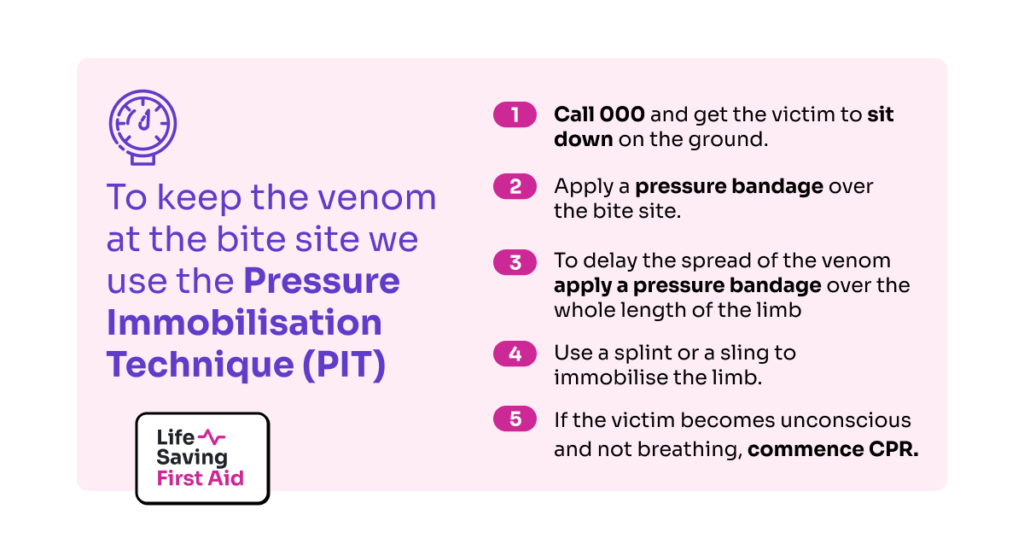
Follow these steps:
- Get the victim to sit or lie down on the ground and call 000. Lay the victim on the ground. Laying them down helps to immobilise their lymphatic system as well.
- Wrap the affected limb with a large pressure bandage over the bite location as quickly as feasible. Use elasticised bandages if available. The bandage should be firm yet not restrict blood circulation. A finger should not easily slide between the bandage and the skin.
- To further restrict the venom’s passage, beginning at the toes or fingertips, wrap a second bandage over the whole length of the limb, By applying pressure to the leg or arm, and reducing lymphatic flow, we can delay the spread of venom. The goal is to keep the bandage tight enough to be effective without cutting off circulation. It is critical to monitor the limb and ensure it’s still warm and pink rather than cold and blue.
- Use a splint or a sling to keep the limb as motionless as possible. Get to a hospital as soon as possible for proper treatment.
- Commence CPR
If you do not have any bandages or a first aid kit, use what you have.
Remember the PIT – it might save your life!
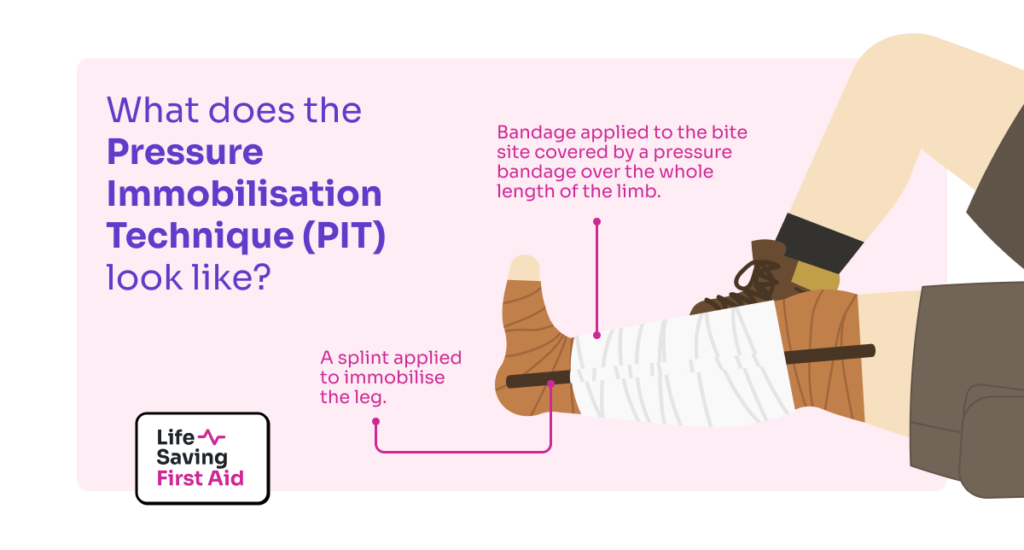
When to seek medical attention
If you suspect a snake has bitten you, or someone you know, seek medical attention immediately and call 000. Even if the bite does not appear severe, it is still important to receive prompt medical treatment. If left untreated, a snake bite can quickly worsen and result in serious health complications or death.
Summary
Snakes can be dangerous, and it is important to avoid a bite. But, if a snake does bite you, apply the Pressure Immobilisation Technique and seek medical attention as soon as possible.
Treatment for a snake bite may include, administering antivenom, pain relief, and monitoring for symptoms and signs of an allergic reaction or other complications.
The good news is, with prompt treatment, most people who are bitten by a snake make a full recovery.
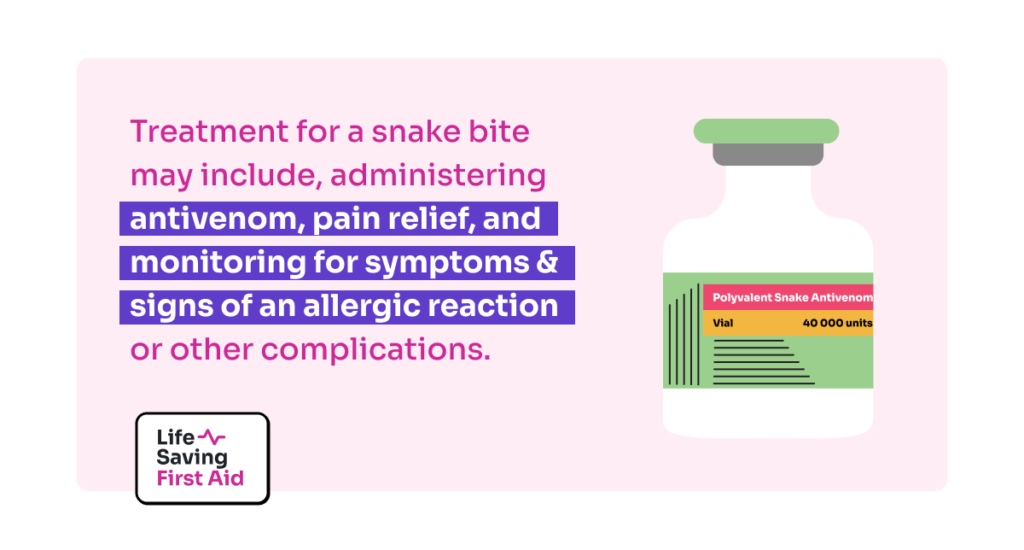
Take care and be safe. Check out some of our other Blog Posts here
